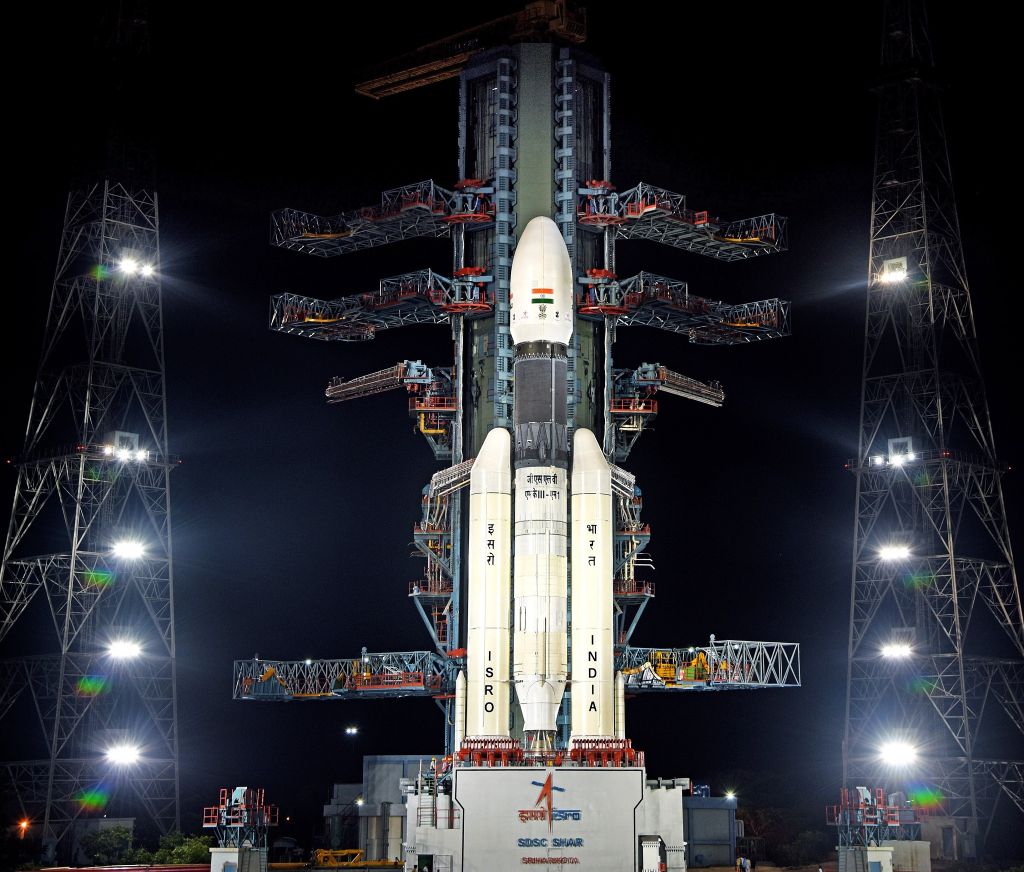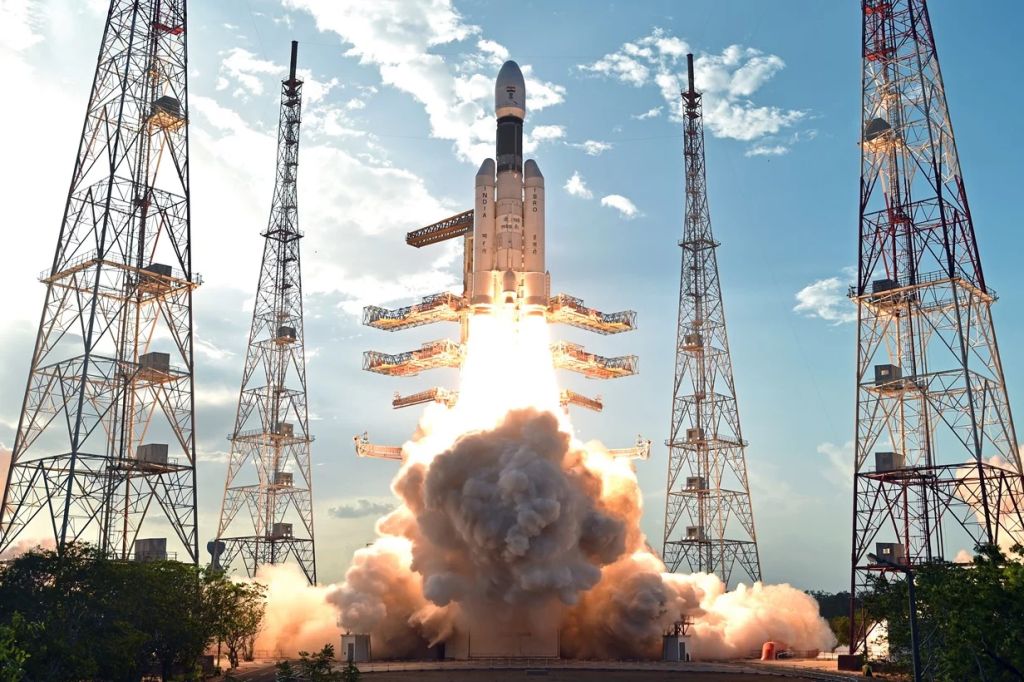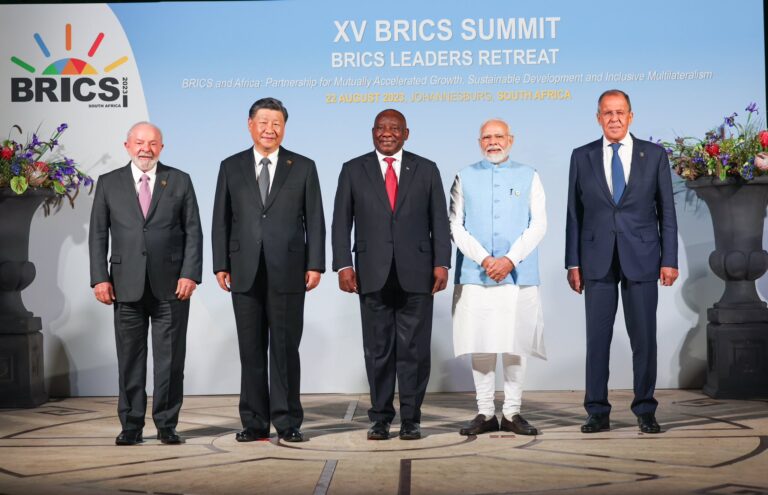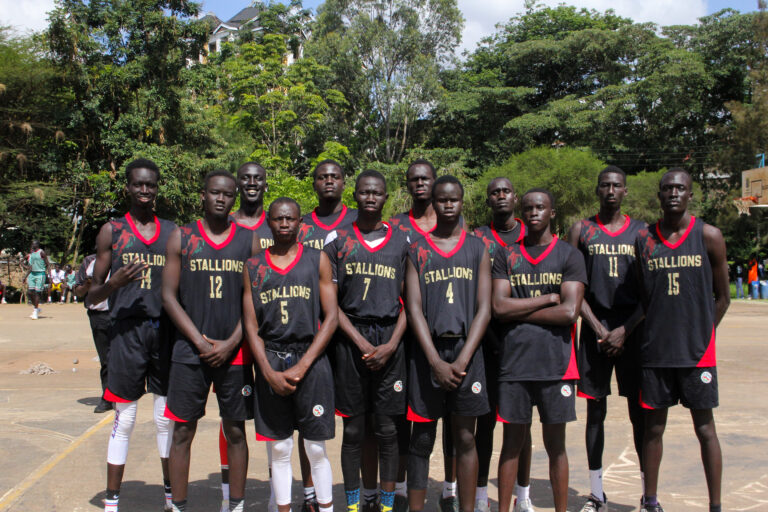Indian Space Ambition Continues
Applause and cheers filled mission control at Satish Dhawan Space Center, where Indian Space Research Organization engineers and scientists celebrated as they watched the launch of the spacecraft. Crowds gathered at the space center to watch the historic launch, and more than 1 million people tuned in to watch on YouTube.

With an orbiter, a lander, and a rover, Chandrayaan—which, in Sanskrit, means “moon vehicle”—launched from a Launchpad at Sriharikota, in southern India, as a display of the country’s developing space capabilities. Prior to making a lunar landing later in August, the spacecraft started a voyage that will last just over a month.

India’s last attempt to send a robotic spacecraft to the moon’s remote South Pole in 2019 was unsuccessful. While making its final descent to deploy a rover to look for evidence of water, it crashed and lost contact with its lander as it approached the lunar orbit. The disaster was brought on by a software error, according to a failure analysis report delivered to the ISRO.
The United States, Russia, and China are the only other nations to have successfully completed the challenging task of soft-landing a spacecraft on the moon’s surface. If we succeed right now, India will become the fourth country to land on the moon.
Chandrayaan-3’s six-wheeled lander and rover module is outfitted with payloads that would inform scientists about the characteristics of lunar soil and rocks, including their chemical and elemental compositions.

On the launch, Indian engineers have been working for many years. They intend to set down Chandrayaan-3 close to the difficult terrain of the undiscovered South Pole of the moon.
The UK, which has given the powerful but impoverished Asian country £2.3 billion in taxpayer-funded aid since 2016, has criticized India for its space ambitions.








Leave a Reply